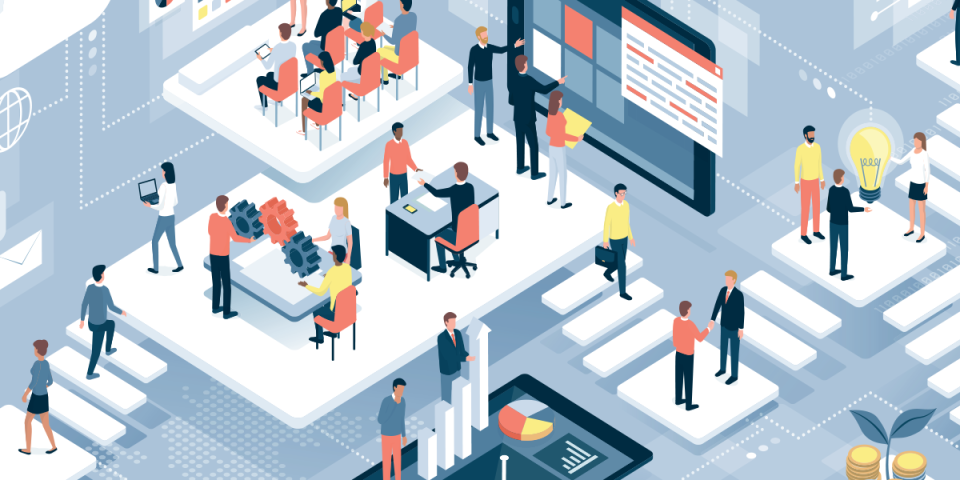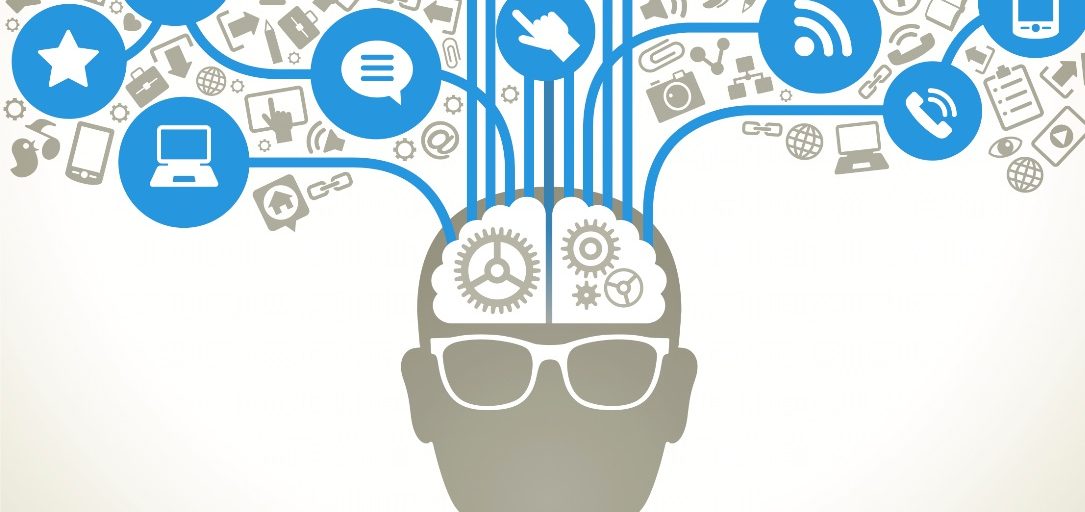Unconscious Bias Training for Imbedded Stereotypes

The world is diverse.
What is Unconscious Bias Training? After a much-publicized racial profiling incident that resulted in the arrest of two African-Americans at a Philadelphia Starbucks for the apparent ‘crime’ of asking to use the restroom without making a purchase, the company shut 8,000 of its U.S. stores for an afternoon of Unconscious Bias Training for over 100,000 of its employees. The training aimed to help employees understand racial bias and the history of discrimination in public accommodations in the United States, with future trainings planning to address other aspects of bias and share experiences of those who have suffered from racial bias. The training included an original film by award-winning filmmaker Stanley Nelson, who has produced and directed many documentary films examining the African-American experience.
While Starbucks has drawn praise for its response to this issue, the question in many people’s minds remains: Does training actually help reduce unconscious bias in the workplace? So far, the evidence is mostly anecdotal and inconclusive. Several studies have looked at participants’ biases pre and post training and found a measurable improvement, but it is unclear whether this improvement is sustained over a longer time, since these studies didn’t follow up to see whether the attitude change was permanent.
Unconscious bias training typically focuses on changing attitudes about people who look and behave differently, especially those who have been marginalized historically. A study of training programs designed to reduce racial bias conducted by C. Lai (reported in the Journal of Experimental Psychology 143(4), 1765–1785, 2014) identified several instructional strategies that predominate such programs. These are summarized below:
- Self-reflection/meditation – encouraging participants to reflect upon and identify their own biases and to adopt an attitude of compassion towards others
- Empathy – encouraging people to adopt the perspective of a stereotyped group in order to improve their attitudes toward that group
- Counterstereotype – presenting women and minorities in positive roles that contradict common stereotypes
- Negation – actively identifying and rejecting information that reinforces stereotypes
Of these four common methods, none has proven universally successful, but each has its proponents and advocates. Perhaps the reality is that all four methods are required to confront and overcome deeply-held stereotypes about others. First, we need to identify our unconscious biases before we can do anything about them. Self-reflection and assessment can assist in uncovering these biases, but once surfaced, what do we do about them? That’s where the other strategies can help. We know that empathy is a key factor in breaking down biases. If we can put ourselves in another’s position and see the world from their point of view, we gain a perspective that reduces bias against the other. Negating harmful stereotypes and countering those stereotypes can help people change their beliefs about others and undermines the basis for unconscious bias, but only if people are self-aware and empathetic towards people different from them. Without empathy, studies have found that negation training strengthened biases, rather than reduce them. Researchers speculated that this occurred because the negation strategy encouraged participants to recall one of their stereotypes and then reject it, but many could only recall the stereotype, thus reinforcing it.
Counterstereotyping appears to be more effective, at least in the short-term, at combatting unconscious bias. Showing women and minorities in positive roles decreases the bias against them. However, experiencing a real-life counterstereotype, such as having an effective female or minority manager, was found to have the biggest impact on reducing bias. If the person you work for is respected and competent, and also a member of an historically marginalized group, it is apparently much more difficult to hold negative stereotypes about this person that contradict our own positive experience. This seems to extend to all individuals who comprise that group.
Critics of unconscious bias training point out that it does not work unless participants are willing to acknowledge their biases and are committed to changing their beliefs and behaviors. Absent a personal commitment, unconscious bias training may result in even more hardened biases. One does not have to look beyond today’s headlines to find multiple examples of leaders whose example we are supposed to emulate being themselves unwilling to confront their own biases. Indeed, a new generation of demagogues eagerly whip up racial, gender and religious biases among their supporters in order to demonize their political enemies and secure a firmer grip on power. Given this political climate, some fear a backlash against such training initiatives, especially when they are mandatory, as was the case with Starbucks. They argue that forcing employees to attend such training may only create increased conflict among diverse groups of employees. Indeed, one study conducted at a U.S. university found that racial biases increased after students attended a semester-long course on racial diversity. The study concluded that the course did a better job of surfacing students’ biases and stereotypes than it did of replacing them with positive attitudes about other racial groups.
Of all the many ways that educators endeavor to improve human understanding, changing attitudes is the hardest of all. If you need to learn a new software program, no problem. Sit down with a simulation and we’ll teach you step by step. If you need to understand the latest industry trends, again no problem. We can do the research and present the latest and greatest in colorful charts and graphs. But ask us to climb inside other people’s brains and figure out what they believe and why and then design training to change all that? Um, I’m not sure we know how to do that in any systematic way yet. As Starbucks and many other examples have shown recently, the world needs an attitude adjustment. Who’s going to facilitate it?
In my own experience, direct contact with diverse peoples is the best method for overcoming unconscious bias. As we get to know people who are different from us, we see more commonalities than divisiveness. We see through the tired old stereotypes to the real person. We begin to understand that although we may look and talk differently, underneath our veneer, we are all human beings with common hopes and dreams for a better future for ourselves and our progeny.
If I could wave a magic wand, I would require every single human to go live in another country for a while and experience a different culture from the one of their birth. The people I know with the least amount of unconscious bias (we all have some) have one thing in common – they have traveled the world and lived in diverse settings, getting to know diverse populations by learning their language and culture and opening their minds to new attitudes and ways of thinking. This seems to be the best antidote to the imbedded stereotypes that we cling to out of fear and ignorance of others.
Check Us out on Facebook!
Contact TEM for more information.

